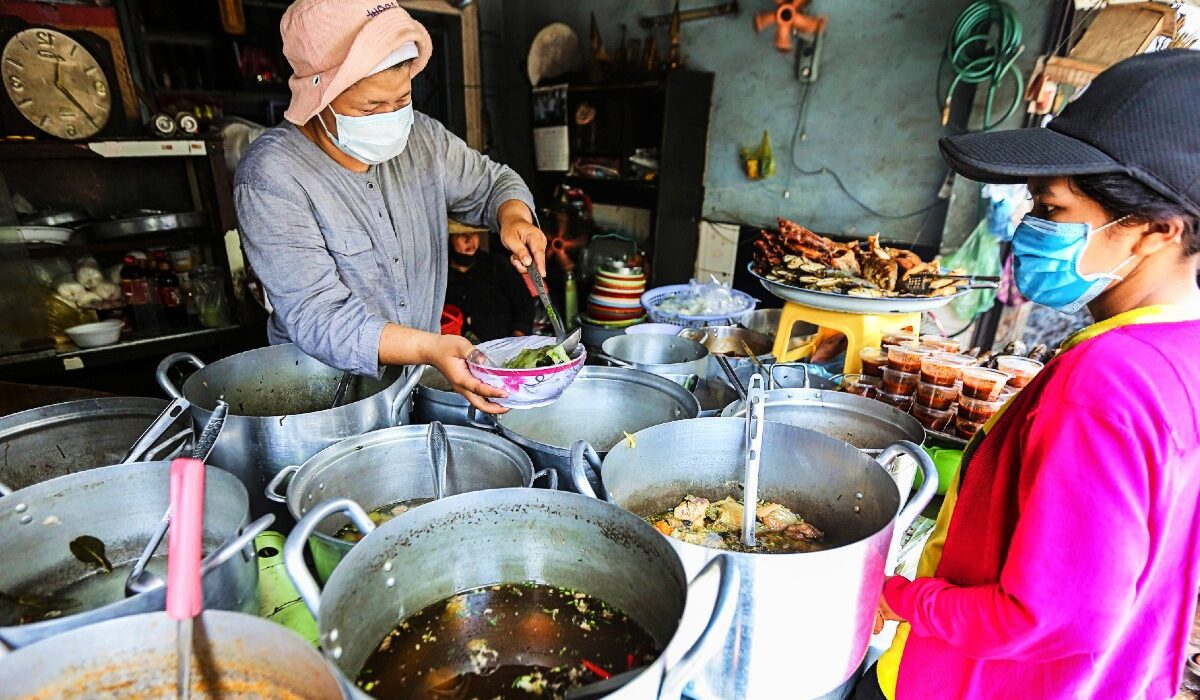Inflation in Asia and the Pacific’s developing economies has declined, but the fight may not be over. Underlying price pressures remain persistent, even as growth is weighed down by continued global headwinds. Policymakers can however put in place reforms to promote a low-inflation environment.
The beginning of 2023 has brought some good news on inflation for Asia and the Pacific. Headline inflation has slowly declined as global commodity prices have fallen, even though they remain higher than pre-pandemic averages.
As a result of lower prices, as well as less aggressive policy tightening by the US Federal Reserve and a weaker US dollar, monetary authorities in the region have reduced the frequency of interest rate increases. This is a welcome development, as recent indicators are consistent with a moderating growth outlook.
The strong economic rebound in the People’s Republic of China does not appear to be providing much of a boost to the rest of the region yet. As clouds on the global economy continue gathering, the external demand winds blowing into the region’s growth sails are weakening.
The bad news is that a key indicator of price pressures suggests that the job of curbing inflation in the region is not done yet. Core inflation has risen in Asia and the Pacific, despite some recent signs of cooling, it is now substantially higher than pre-pandemic averages in many economies. Since it excludes volatile energy and food prices, core inflation is often a better gauge of current and future price trends, and a viable target for central banks. As such, it is concerning that core inflation is still flashing ‘pink’, if not red, on central banks’ screens when the likelihood that growth may soon need some monetary support is increasing.
The combination of slowing growth and persistent core inflation is an ugly scenario to contemplate. To avoid it, policymakers in the region will need to choose the appropriate policy mix. In addition, the current inflation environment should also be used as an opportunity to look beyond and consider longer-term challenges.
Outside of East Asia, average inflation in many economies in the region is often relatively high, even when growth slows. While inflation erodes purchasing power for all, the burden of rising prices affects the poor and the vulnerable more severely as they spend a larger share of their incomes on basic needs, such as food and shelter. As such, maintaining a consistently moderate inflation rate is a key policy objective, with important implications for development goals.
In the short term, monetary policy should stay the course until inflationary pressures are firmly in check. Recent bank turmoil in the US, however, serves as a stark reminder. High interest rates can increase financial stress. Vigilance in the financial system should be reinforced, and early warning systems should be relied upon to quickly deploy guarantees and safety nets to financial institutions, if needed.
With little room for monetary easing, more targeted support for growth and protection of the poor and vulnerable could come from fiscal policy. However, a more expansionary fiscal stance is only viable if it is consistent with sustainable debt dynamics—which have broadly deteriorated after the pandemic. In this respect, efforts to increase domestic resource mobilization should be enhanced, e.g., by broadening the tax base or increasing the progressivity of the tax system where these are low.
Where fiscal space is available, public spending on productivity-enhancing investment and physical and digital infrastructure should be increased. This would contribute to domestic demand in the short run, while improving the economy’s production capacity in the medium term. In doing so, this type of investment also helps structurally reduce inflation, by improving an economy’s ability to match higher demand with an increased supply of goods and services.
In line with a focus on long-term objectives as well as the current challenges, policymakers in the region should also implement policy reforms to foster a low-inflation environment. The monetary policy institutional framework is key. An independent central bank and an effective policy regime, such as an inflation-targeting framework, can substantially improve monetary policy outcomes.
Transparency in the monetary policy framework and communication also helps guide and pin down market expectations. These actions reinforce the credibility of the central bank, making policy more effective.
This type of reform embodies the policy approach required to continue the post-pandemic recovery amid global headwinds. In other words, developing economies in Asia and the Pacific must confront short-term problems while keeping an eye on long-term goals. Marrying moderate inflation to solid economic growth is a key step on the road to durable and sustainable prosperity.
Source : World Bank





